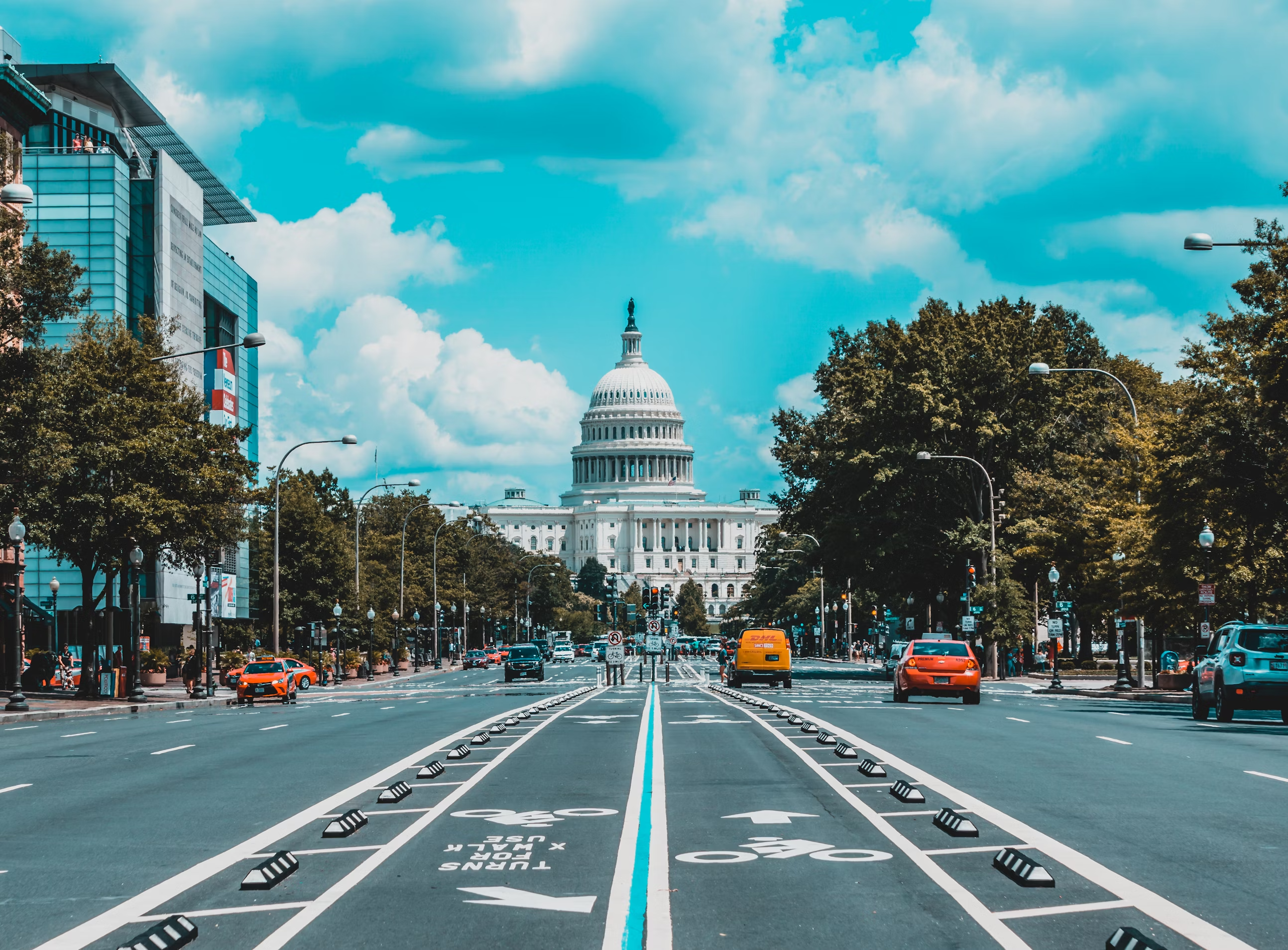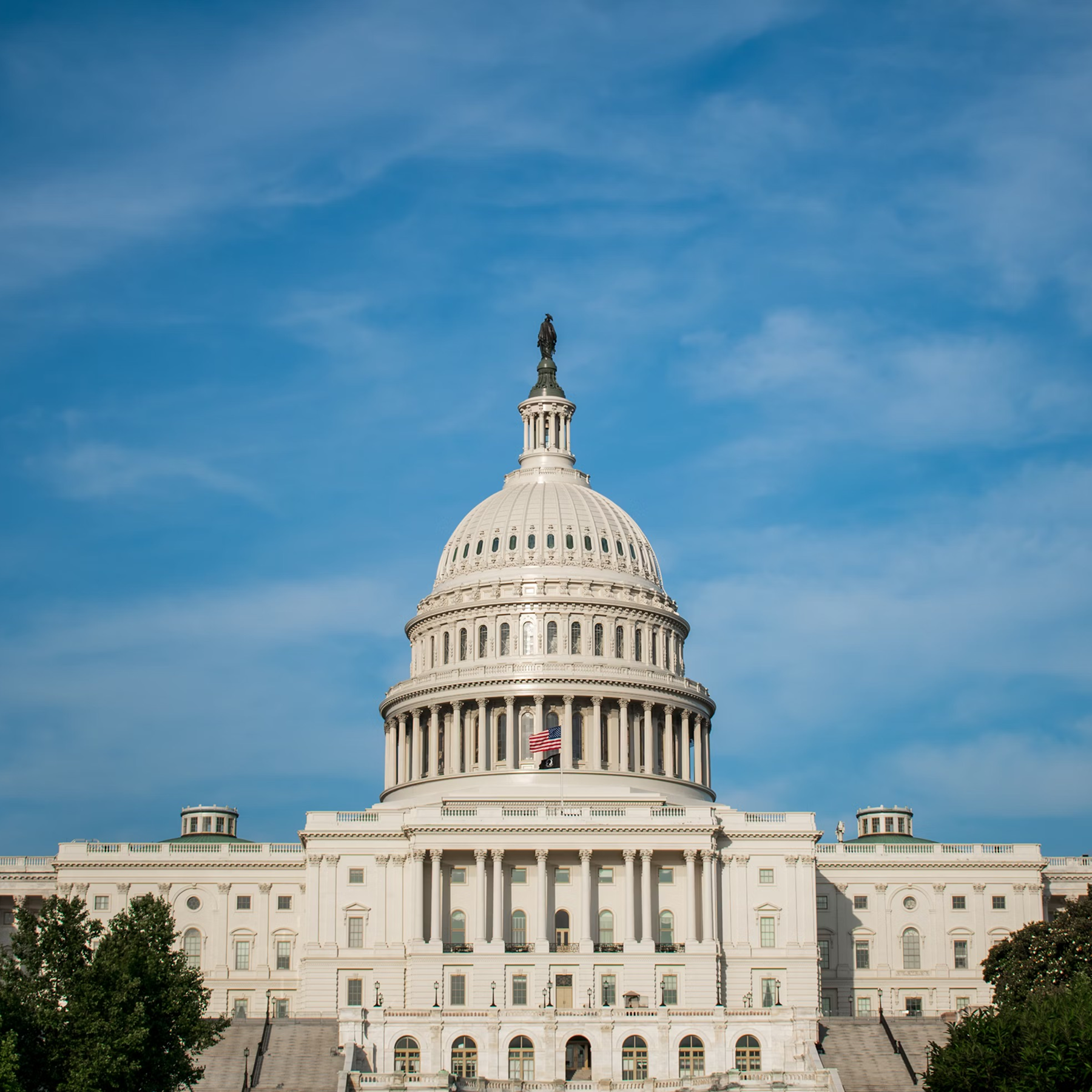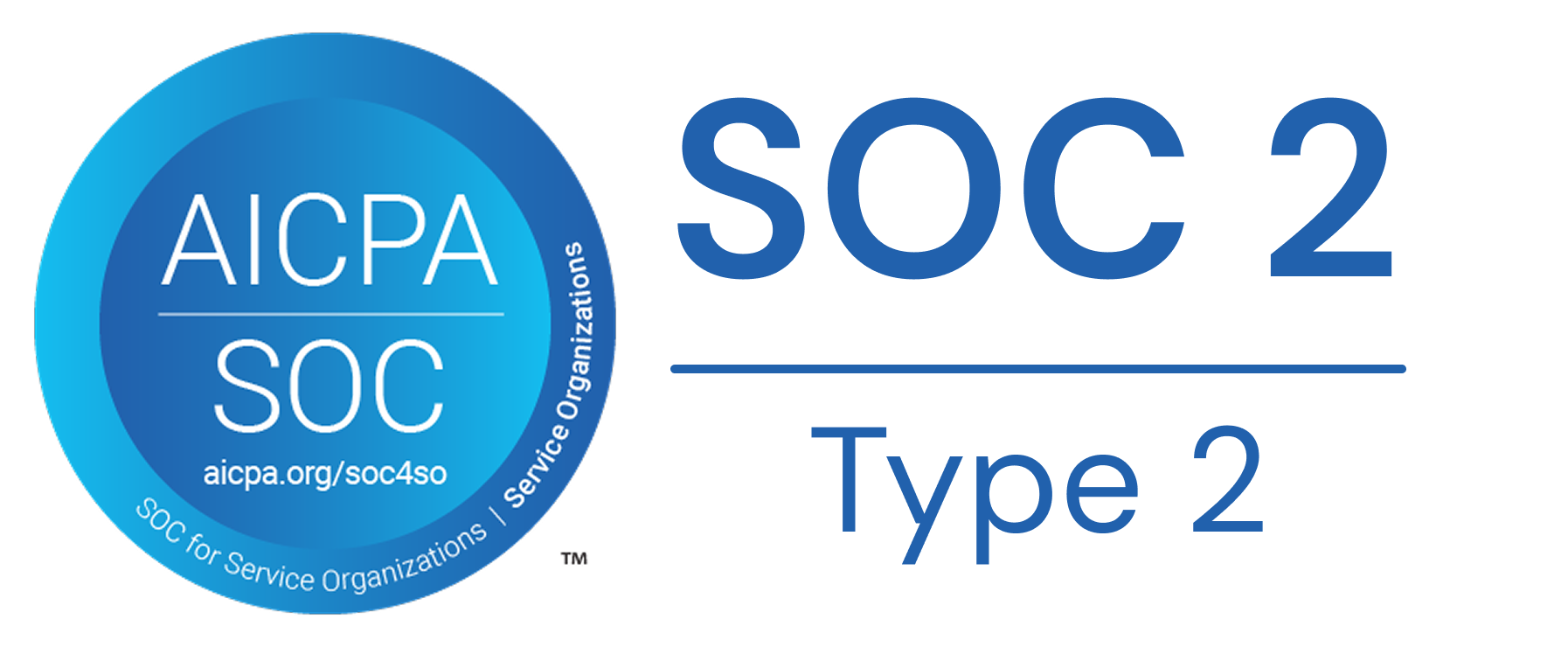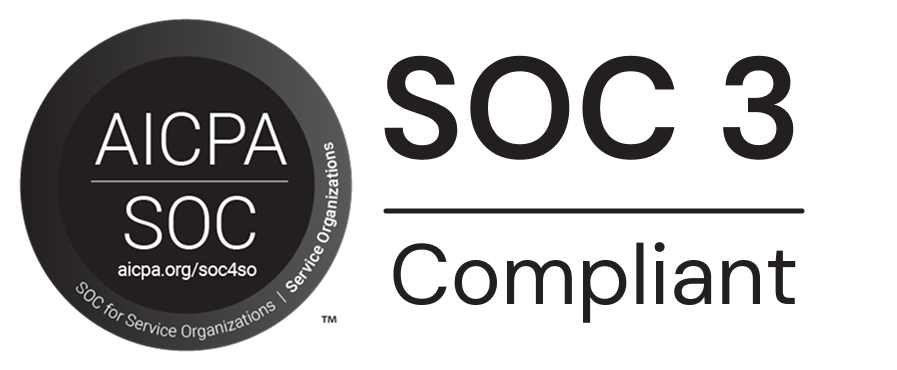Recent rule changes from the Department of Homeland Security (DHS) have signalled a shift in the hiring playbook. Effective October 30, 2025, the U.S. Department of Homeland Security (DHS) has implemented an Interim Final Rule that eliminates the 540-day automatic extension of certain employment authorization documents (EAD) based on the timely filing of an EAD renewal application. In this article, we break down what’s changing, who’s affected, and concrete steps businesses need to take to stay compliant and keep their workforce stable.
Background
Under previous rules, the U.S. Citizenship and Immigration Services (USCIS) automatically extended certain EADs when renewal applications (Form I-765) were filed on time.
This policy dates back to 2017, when the Obama Administration introduced Retention of EB-1, EB-2, and EB-3 Immigrant Workers and Program Improvements Affecting High-Skilled Nonimmigrant Workers. It was designed to prevent lapses in employment authorization due to processing delays.
Initially, automatic extensions were capped at 180 days. In May 2022, amid unprecedented processing delays, the Biden Administration temporarily increased this period to 540 days. That change was made permanent by a rule finalized in December 2024, securing up to 540 days of continued authorization for qualifying applicants.
This flexibility covered a wide range of EAD holders, including asylum seekers, adjustment-of-status applicants, and certain dependent visa holders. However, as of October 30, 2025, all of that flexibility ends. Anyone filing an EAD renewal on or after this date will no longer receive an automatic extension of their work authorization.
What’s Changing
Starting October 30, 2025, renewal applicants who file for a new EAD on or after this date will no longer receive automatic extensions.
In practical terms:
- No automatic 540-day work-authorization period will apply once the current EAD expires.
- Renewal applications will need to be approved before employees can continue working.
- This change applies broadly across employment-based EAD categories and dependent classifications, including H-4 (H-1B spouses), L-2 (L-1 spouses), AOS-based, and other dependent visas.
- Applicants who filed before October 30, 2025 remain protected under the previous rule, keeping their 540-day extension intact.
This marks a return to pre-2017 conditions, where any delay in adjudication can immediately result in a loss of work authorization and employment interruption.
What’s Not Changing
The rule does not revoke existing protections or special provisions established by statute or other notices. Specifically:
- Renewals filed before October 30, 2025, will continue to receive up to 540 days of automatic extension.
- Temporary Protected Status (TPS) and other statutory extensions issued via Federal Register notices remain unaffected.
- STEM OPT extensions still carry a 180-day automatic extension provision.
- Any EADs already extended before the IFR’s effective date remain valid for I-9 purposes for their authorized duration.
What Employers Need to Do Now
1. Assess the Scope of Impact
Immediately identify employees who currently work under EAD-based authorization. Review their card expiration dates and renewal filing timelines. Those filing after October 30 may lose their ability to work once their EAD expires, even if renewal is pending.
2. Monitor USCIS Processing Times
Processing times have stretched across service centers. Without automatic extensions, any delay beyond an EAD’s expiration means a loss of work authorization. Build a shared tracker and coordinate with immigration counsel to stay ahead.
3. Encourage Early Filing
USCIS allows filing up to 180 days before expiration. Reinforce this internally and ensure employees understand that timely filing before the October 30 cutoff remains the safest path to preserve continuity.
4. Update I-9 and Compliance Procedures
Remove outdated references to automatic extensions for new filings. Ensure HR, recruiters, and managers understand when reverification is required, and decide in advance whether your company will suspend or terminate employment during work-authorization lapses.
5. Prepare for Operational Disruptions
Without the 540-day cushion, expect possible employment gaps. Plan contingencies for critical roles, reallocate workloads, or consider alternative visa options for key employees at risk.
6. Explore Strategic Solutions
Litigation challenging this rule is possible, but employers should act now, not later. Evaluate expedited processing, premium upgrades (where available), or switching to alternative visa classifications such as O-1 or EB-2 NIW to prevent work stoppages and retain critical talent. If you’d like to understand which of your employees might qualify for these alternate pathways, reach out to our team for a free profile evaluation. We’ll help you identify strong candidates, map potential visa options, and ensure your workforce remains secure through every policy change.
7. Submit Public Comments
DHS is accepting comments on the Interim Final Rule until December 1, 2025. Employers and professional associations can submit feedback at regulations.gov to highlight workforce-impact concerns and request reconsideration of certain provisions.
In Conclusion
The end of automatic EAD extensions marks a major shift in how employers manage global talent. Processing delays, renewals, and compliance checks will now demand closer coordination and faster decision-making.
At Casium, we’re closely tracking the situation and working with our partners to keep employers informed as the landscape evolves.
If you’d like to explore which of your employees might qualify for alternate visa pathways such as the O-1 or EB-2 NIW, connect with us for a free profile evaluation. Our team will help you identify eligible talent, assess their qualifications, and guide you through the filing process with confidence.






























.svg)
.svg)
.svg)







